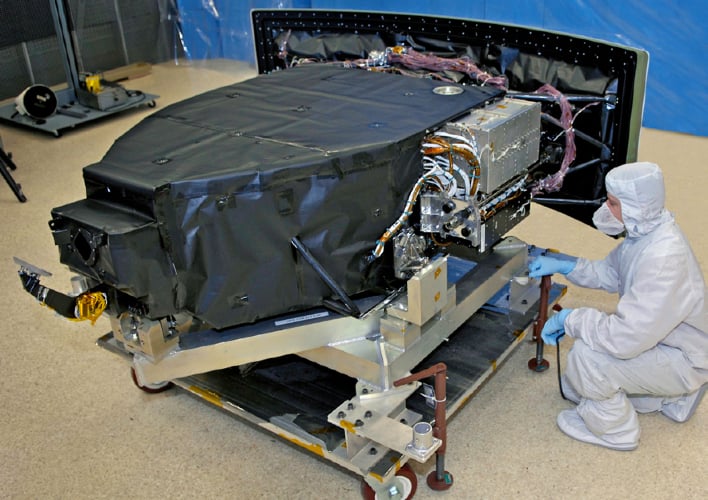NASA's Hubble Captures A Beautiful Turbulent Stellar Nursery Of Newborn Stars
While the James Webb Space Telescope (JWST) has been making headlines since it began taking images of deep space, Hubble continues to show its usefulness with images of its own. In fact, Hubble is being used to lay the groundwork for future Webb observations, such as the case with this particular image of Herbig-Haro.
Two groups of astronomers requested that Hubble capture images of HH 1 and 2 for separate studies. The first investigated the the structure and motion of the Herbig-Haro objects, which are visible in the image at the top of this article. This study was aimed at providing a "better understanding of the physical processes occurring with outflows from young stars collide with surrounding gas and dust."
The second request looked into the outflows themselves. This study was done in order to lay the groundwork for future observations by the James Webb Space Telescope. JWST will take advantage of its ability to look past the clouds of dust that are enveloping young stars. The hope is that studies such as this will "revolutionize the study of outflows from young stars."

WFC3 captured the Herbig-Haro objects using 11 different filters at infrared, visible, and ultraviolet wavelengths. Each of these are sensitive to a small slice of the electromagnetic spectrum, thus allowing astronomers to target interesting processes which emit light at specific wavelengths.
Observations made in 2002 by Hubble revealed that parts of HH 1 are traveling at more than 248 miles (400 kilometers) per second. Future studies by the James Webb Space Telescope will hopefully delve beyond what Hubble is able to see, and unveil more secrets.


